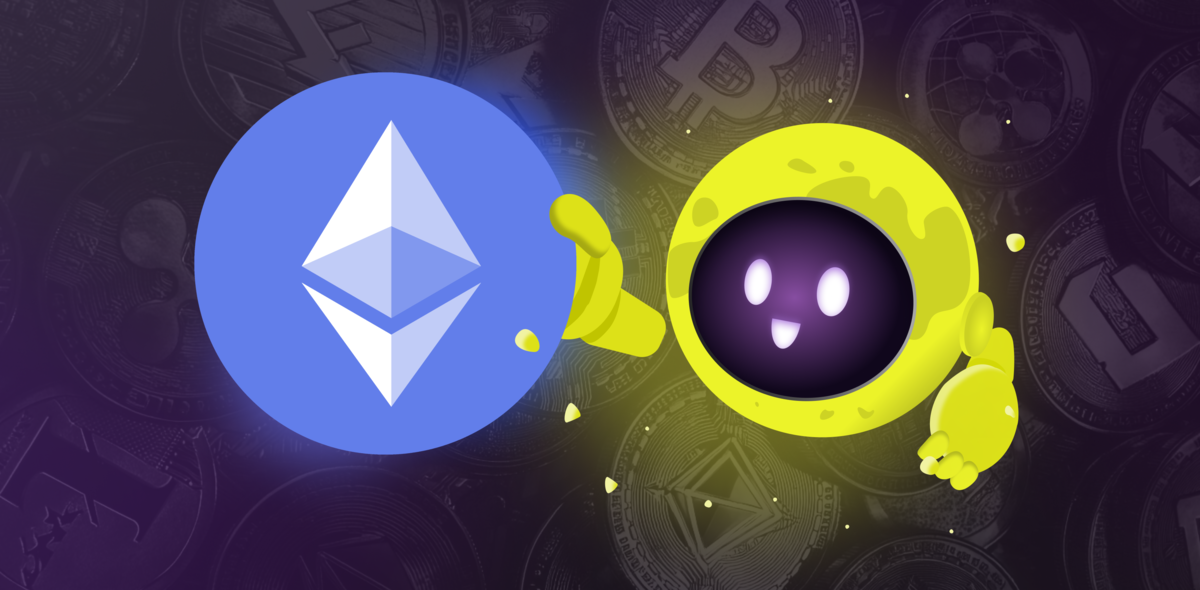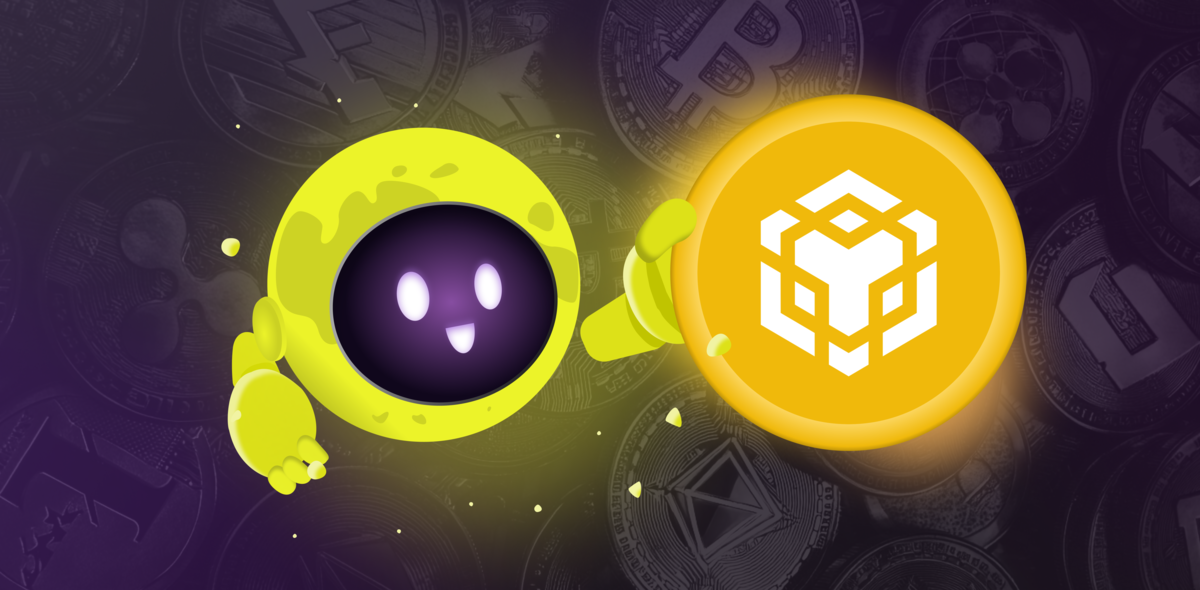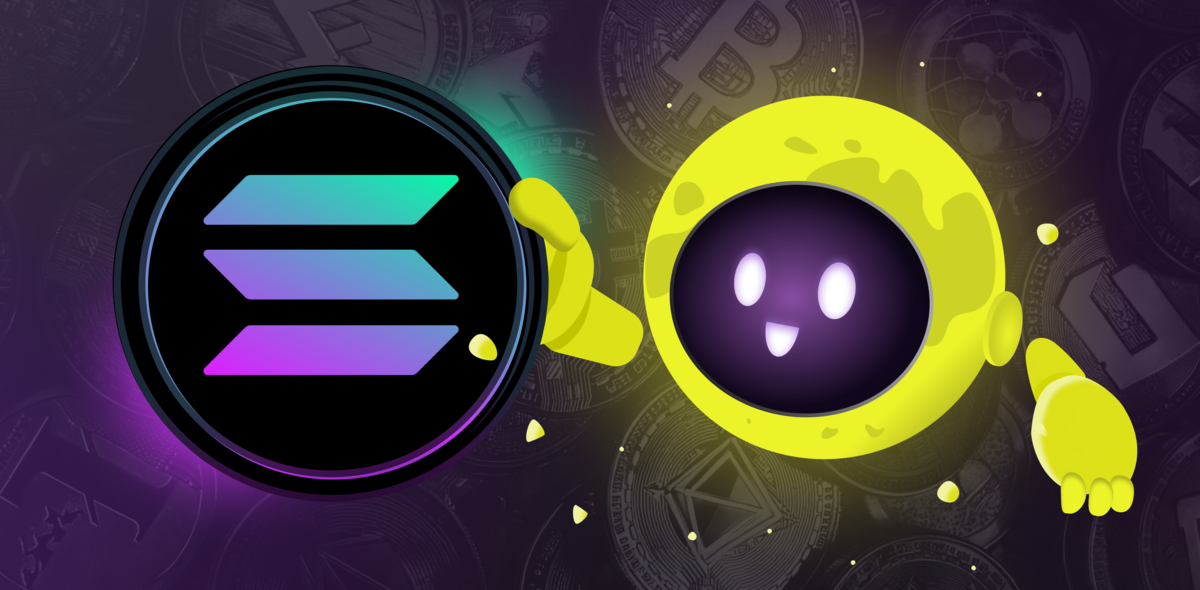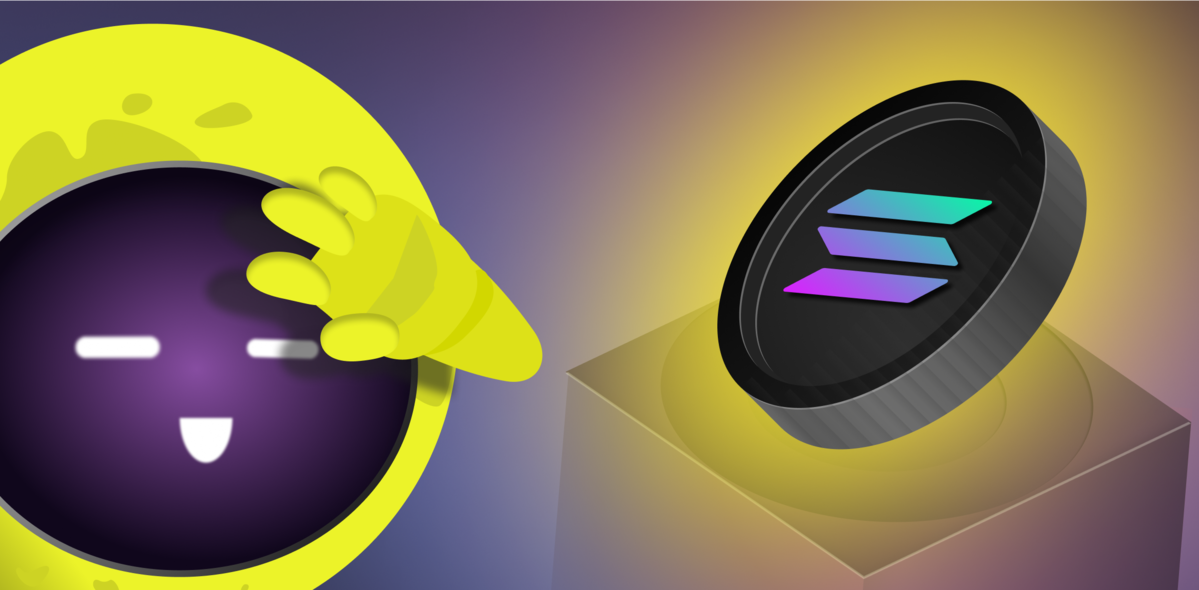
What Is Ethereum?
Ethereum is a programmable blockchain introduced in 2015. It runs on a global decentralized network that stores data, executes code, and processes transactions without a central server. Ether (ETH) serves as the fuel. Developers write small programs, called smart contracts, that run automatically when certain conditions appear on the blockchain.
In this article, we have Ethereum explained in everyday terms: it’s a shared global computer maintained by thousands of users.
Origins of the Ethereum project
Ethereum started as an idea to expand what blockchains could do.
- In late 2013, Vitalik Buterin released a white paper describing a new kind of blockchain platform—one that could support more than digital money. He proposed a decentralized network where full applications could run.
- In 2014, a public token sale raised funds for building the network, allowing the Ethereum project to take shape.
- The network launched in July 2015 with the release of the genesis block, marking the beginning of Ethereum’s mainnet. Early users explored token transfers and built simple decentralized apps (dApps) to test its potential.
- In 2016 a vulnerability in The DAO—a decentralized venture fund—was exploited, and a large amount of ETH was drained. To recover stolen funds, the community voted for a hard fork. This led to a chain split, creating two versions: Ethereum Classic (ETC) and what is now the main Ethereum chain.
- In 2022, Ethereum underwent The Merge—a long-awaited upgrade that transitioned the network from energy-intensive proof of work to proof of stake. This shift reduced Ethereum’s energy consumption by over 99% and laid the foundation for future scalability improvements like sharding.
Understanding the Ethereum blockchain
Ethereum is a worldwide network of computers working together to store data, handle transactions, and run smart contracts—small programs that live on the blockchain. It’s designed to be open, secure, and run without any central control
Technical deep dive
Ethereum uses advanced data structures to keep everything organized, verifiable, and efficient. Its ledger structure relies on a Merkle Patricia Trie that organizes 4 core tries: the state trie (accounts), the storage trie (contract storage), the transaction trie, and the receipt trie. Each block header includes the root hashes of these tries, ensuring data integrity and efficient proof generation.
The Ethereum Virtual Machine (EVM) employs a stack-based architecture with 256-bit words. Each opcode—such as ADD, SSTORE, or CALL—consumes a predefined amount of gas. High-cost operations, like storing data (SSTORE) or copying memory (CODECOPY), reflect their resource intensity. The gas mechanism prevents infinite loops and incentivizes optimized contract design.
Scalability improvements and Layer 2 scaling
As Ethereum adoption grew, so did the demand for faster and cheaper transactions. To address this, developers introduced multiple scaling strategies. Layer 2 networks—including Optimism, Arbitrum, zkSync, and StarkNet—batch transactions off-chain and submit succinct proofs to Ethereum. This preserves core security while boosting throughput by 10 to 100×.
Meanwhile, Ethereum is building sharding—a way to divide the network into 64 parallel shards. Each shard handles its own transactions, coordinated by a beacon chain. This design increases capacity and supports cross-shard communication through crosslinks and receipt proofs. To improve efficiency even more, Ethereum is also exploring Verkle trees, a vector commitment scheme that compresses proof sizes dramatically, improving both scalability and state efficiency.
These Layer 2 solutions and protocol improvements are already increasing Ethereum's throughput. As the network becomes more scalable, developer activity grows as well.
Developer ecosystem and tools
Ethereum’s developer community is one of the most active in blockchain. Two main languages dominate contract development:
- Solidity, the original contract language created specifically for Ethereum. It uses a JavaScript‑like syntax and supports object‑oriented features.
- Vyper, a Python‑inspired language focused on security and simplicity, with stricter syntax rules that reduce complex behavior.
Developers rely on powerful frameworks to streamline building, testing, and deploying smart contracts:
- Truffle: A complete suite offering compilation, migration, and automated testing. It works alongside Ganache, a personal Ethereum blockchain that runs locally.
- Hardhat: A task runner and development environment that integrates well with popular plugins for debugging and gas analysis.
- Foundry: A newer Rust‑based toolkit that compiles contracts extremely quickly and supports advanced testing workflows.
- Remix IDE: A browser‑based environment for writing, testing, and deploying Solidity contracts without installing anything locally.
But Ethereum isn’t just about building—it’s also about evolving.
Governance and protocol upgrades
Because Ethereum is decentralized, no single authority controls its future. Instead, protocol upgrades are proposed and debated by the community. Ethereum Improvement Proposals (EIPs) drive protocol changes. Community members draft EIPs, which are reviewed by core developers and client teams. Accepted upgrades like EIP‑1559 (fee market change) and The Merge (consensus shift) demonstrate a collaborative process. Future EIPs include beam sync enhancements and Verkle tree adoption for data efficiency.
Comparing Bitcoin and Ethereum
Bitcoin introduced peer-to-peer digital cash. It secures value through a fixed supply and proof of work. Ethereum builds on that by offering a programmable environment where code governs behavior. Token creation, asset transfers, and complex logic execute on the same chain. While BTC transactions aim for finality over several confirmations, ETH transfers settle within seconds. Each network selects upgrades through community consensus but follows unique roadmaps.
Tokenomics
At the core of Ethereum are the mechanics that make the network function—validators, smart contracts, gas fees, and more.
Core mechanics and consensus
Every node on the network holds a copy of the complete history. A block of transactions appears roughly every 12 seconds. Validators now secure the network under proof of stake. Each validator stakes a minimum of 32 ETH, pledging tokens to maintain honest behavior. When selected, a validator proposes a new block. Others attest to its validity. Honest attestation earns a reward. Malicious behavior risks slashing staked ETH. This consensus model reduces energy use by over 99 percent compared to proof of work.
Smart contracts in action
Smart contracts form the backbone of decentralized applications. Each is a self-enforcing script. When specified criteria arise, such as payment receipt or time elapsed, the contract triggers predetermined actions. A simple escrow contract might lock payment until delivery confirmation. Real estate trials record property transfers. Automated insurance pays claims once parametric data arrives. Each contract remains visible on the public ledger. Transparency and immutability safeguard against tampering.
Transaction fees and economic model
Gas fees reward validators for running the Ethereum Virtual Machine. A complex contract call costs more gas than a simple transfer of ETH currency. Dynamic fee markets adjust gas prices based on network use. Introduced in the London upgrade, a base fee burns a portion of each transaction. Since its activation, over two million ETH have been burned. This mechanism introduced deflationary pressure within an inflationary issuance model. Validators earn rewards from tips and staking yields. The combined system sustains network security and incentives.
Token standards
To make decentralized apps interoperable and composable, Ethereum introduced token standards. These set common rules so everything plays nicely together. Key examples include:
- ERC‑20: The most common token standard for fungible tokens. It specifies methods like balance, transfer, and approve.
- ERC‑721: A standard for non‑fungible tokens (NFTs), where each token has a unique ID and metadata URI.
- ERC‑1155: A multi‑token standard that handles both fungible and non‑fungible assets in a single contract.
Security and auditing
Smart contract vulnerabilities pose risks. Leading projects undergo rigorous audits by firms like ConsenSys Diligence and Trail of Bits. Formal verification techniques mathematically prove contract correctness. Bug bounties reward security researchers for identifying flaws. Standards such as ERC‑20 for tokens and ERC‑721 for NFTs establish shared interfaces and best practices.
Together, these design choices—scalability improvements, developer tools, and flexible governance—make Ethereum a powerful platform. Let’s explore how it’s used today across industries.
Use cases
Real-world DeFi applications
Decentralized finance protocols redefine financial services, and Ethereum is the foundation of this DeFi movement. It provides a programmable infrastructure. Its smart contract capabilities allow developers to build protocols that operate without intermediaries, executing financial logic directly on-chain. Platforms like Uniswap run on Ethereum and enable token trading through automated liquidity pools, holding over $5 billion in assets.
Aave, another Ethereum-based protocol, supports crypto-backed lending with more than $10 billion in total value locked. Users interact directly with these smart contracts to deposit collateral, borrow funds, and earn interest. Interest rates and collateral ratios are managed algorithmically and transparently on Ethereum, without the need for banks or custodians. In this way, Ethereum acts as the settlement layer and rules engine for a new generation of open, accessible financial tools.
NFTs and digital ownership
Non-fungible tokens transform art and collectibles into on-chain assets. Platforms like OpenSea list over 50 million NFTs representing artwork, virtual real estate, and digital identity. Each token includes metadata and provenance recorded immutably. Artists mint limited editions, while collectors verify authenticity in minutes. Gaming ecosystems reward players with unique items that exist beyond any server. NFTs illustrate how Ethereum enables digital scarcity and ownership.
Decentralized governance: DAOs
Decentralized autonomous organizations govern community projects through on-chain voting. Token holders submit proposals and cast votes with transparent results. Decisions range from treasury management to code upgrades. Successful DAOs maintain treasuries exceeding tens of millions in ETH. For example, Mantle, Uniswap, and Gnosis. These experiments in digital governance offer insights into distributed decision-making and collective action.
Enterprise and research adoption
Fortune 500 companies experiment with Ethereum-based consortia. Supply chain consortia track product provenance using tokenized certificates. Digital identity frameworks test self-sovereign identity anchored on smart contracts. Researchers explore zero-knowledge proofs for confidentiality and scalability. Collaborations with academic institutions advance cryptographic primitives and decentralized finance models.
Community and cultural impact
Ethereum’s influence extends beyond technology—it’s become a cultural movement. It has inspired subcultures focused on decentralized art, crypto philanthropy, and Web3 journalism. Online communities debate protocol upgrades, market shifts, and the ethics of decentralization. Memes, social challenges, and grant-funded initiatives foster engagement and drive impact.
The Ethereum community feels like a global neighborhood—where code meets creativity. Developers, researchers, artists, entrepreneurs, and curious newcomers collaborate from over 200 countries. On GitHub, over 300 contributors maintain the core Geth client, while tens of thousands of developers worldwide contribute code, fixes, and fresh ideas every week.
The first Devcon was a modest gathering in 2015. Today, it’s a vibrant festival with over 5,000 attendees, 150 hands-on workshops, and 200 talks covering everything from core protocol upgrades to designing user-friendly apps. Smaller, local events—like EthGlobal or ETHIndia—feel like hackathon playgrounds. Teams compete for grants, brainstorm solutions from transparent voting tools to charity tokens, and walk away inspired to build something new.
How does Ethereum make money for stakeholders?
Ethereum’s network incentives reward stakers and developers. Validators earn annual yields of 4 to 6 percent on staked ETH, varying with total staked volume. Users pay gas fees to interact with contracts, supporting the validator pool. Developers monetize services by charging fees for specialized protocols or premium dApp features. Enterprises integrate Ethereum private networks for supply chain tracking, paying infrastructure costs to third-party node providers.
Regulation and compliance
As Ethereum’s influence grew, regulators began assessing how existing laws apply to decentralized networks. In the United States, the Securities and Exchange Commission (SEC) has indicated that ETH does not qualify as a security, though individual tokens issued on Ethereum may. The European Union’s Markets in Crypto-Assets (MiCA) regulation now governs stablecoins and service providers, many of which operate on Ethereum. Anti-money laundering (AML) and know-your-customer (KYC) rules apply to centralized exchanges and increasingly DeFi platforms integrating identity verification layers.
Blockchain analytics firms like Chainalysis and Elliptic provide on-chain monitoring tools to help institutions comply with regulatory requirements. Ethereum-based compliance protocols, such as OpenZeppelin Defender, automate risk assessments and governance processes. Central banks in countries like Singapore and Lithuania experiment with central bank digital currency (CBDC) pilots on Ethereum-compatible testnets, exploring interoperability and programmability in regulated environments.
Conclusion
Ethereum remains a groundbreaking project, blending a programmable blockchain with its native currency. Its smart contracts power decentralized finance, digital art marketplaces, gaming ecosystems, and novel governance models. Layer 2 solutions, sharding, and continued protocol upgrades promise higher throughput and lower costs. This combination of economic incentives, technical innovation, and an active developer community cements Ethereum’s role as a foundational layer of Web3.
FAQ
What is the Ethereum blockchain?
A public ledger that stores transaction history, contract code, and state data across distributed nodes.
What is Ethereum?
The term refers to the platform or any token and application built within its ecosystem.
How does Ethereum work?
Operations execute via smart contracts on the EVM, secured by proof of stake and gas fees.
What is the Ethereum technique?
The set of mechanisms—EVM, gas metering, consensus rules, and upgrade processes—that enable decentralized computation.
What is ETH cryptocurrency?
The usage of Ether as both fuel for transactions and a tradable digital asset.




